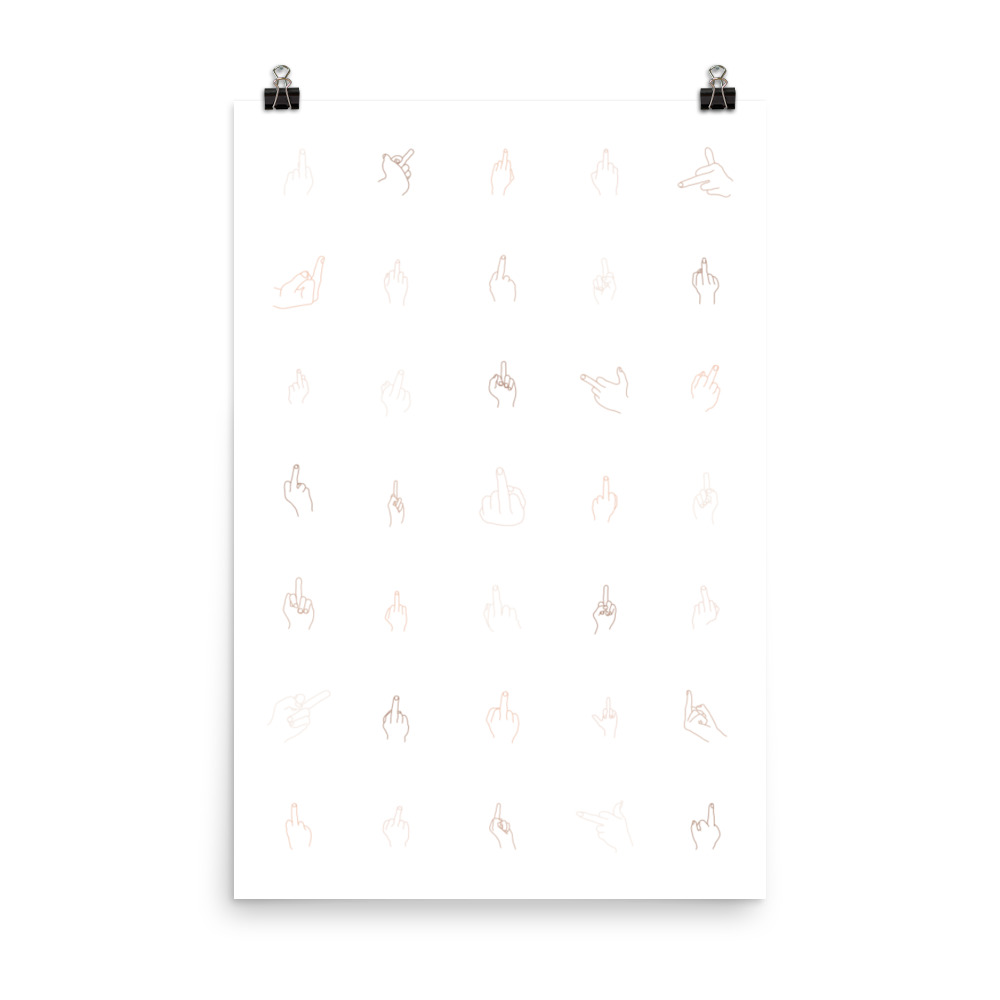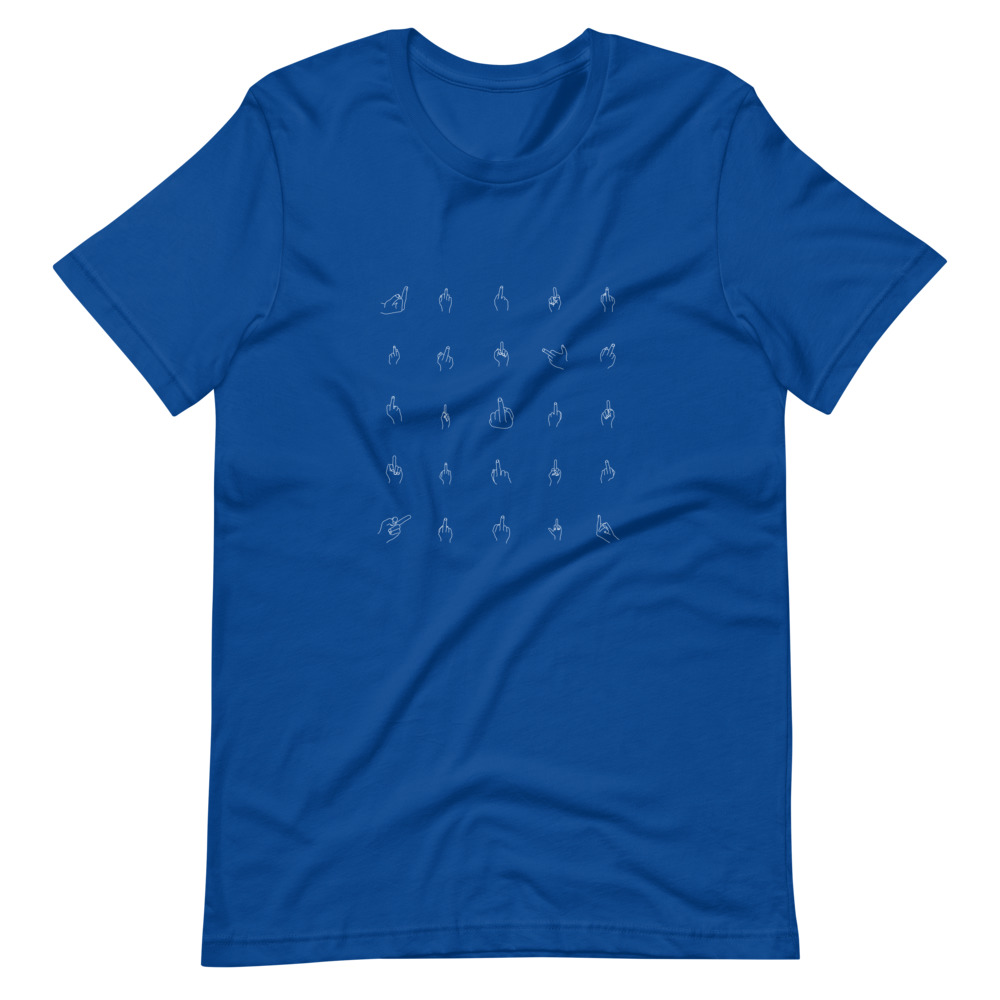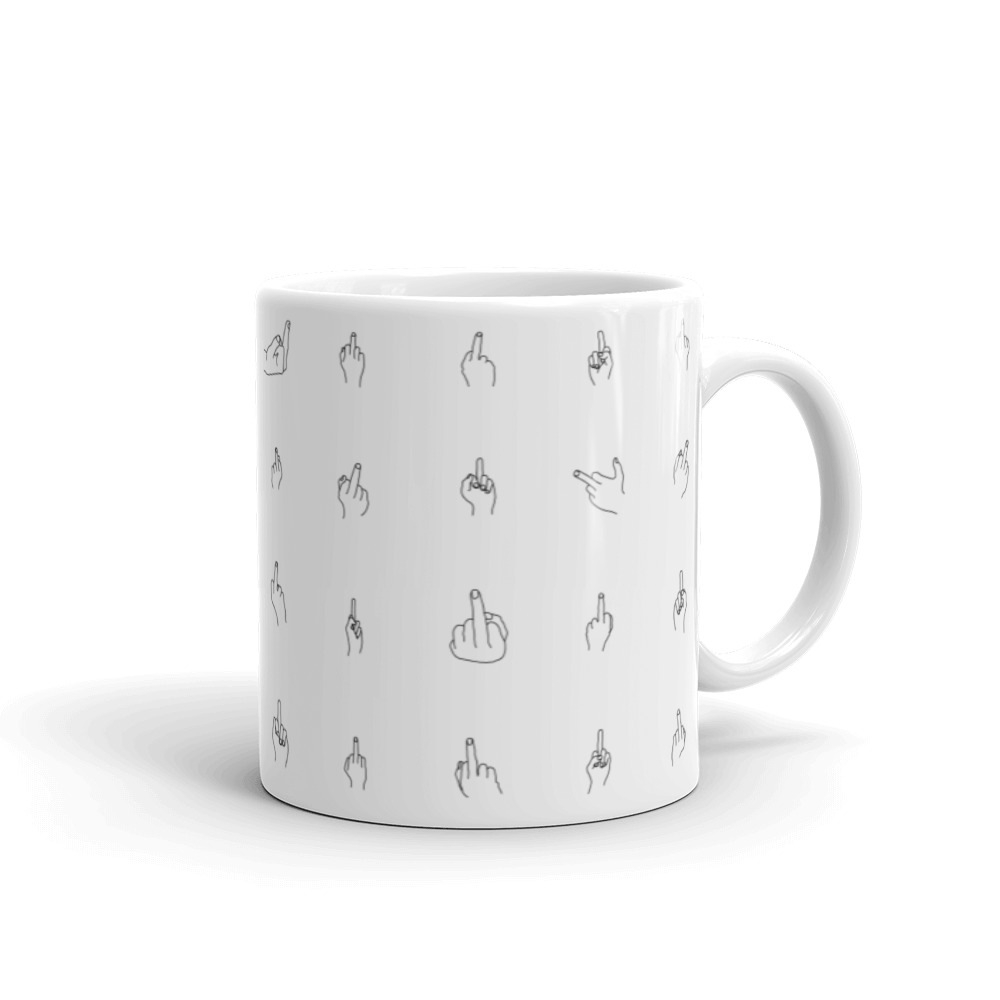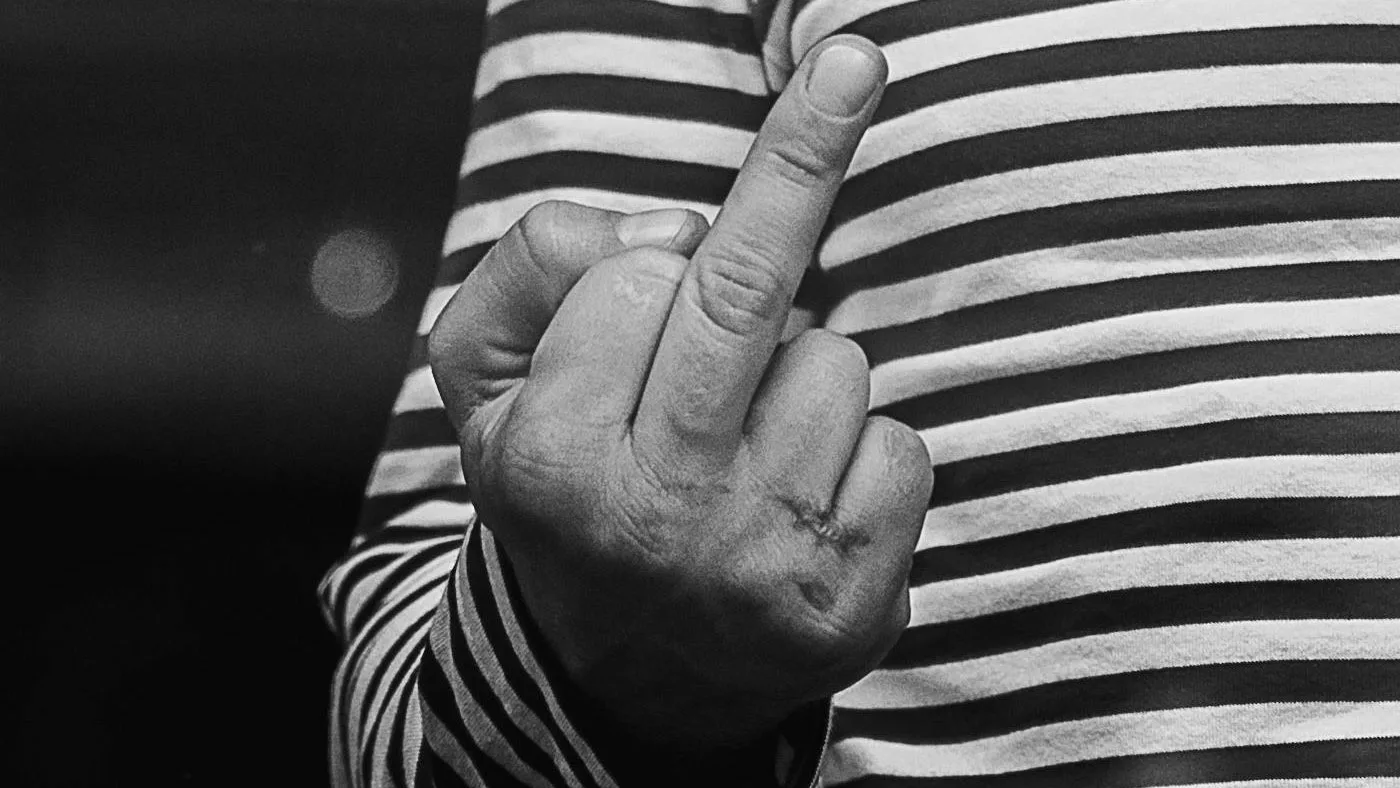
The bird is the word.
A brief history of the finger
What is the finger?
It is the digitus medius, digitus tertius, digitus impudicus, digitus infamis, the third finger, or simply the middle finger. More importantly it is the finger we use to express our displeasure with our fellow man. It is weird that some humans show other humans that they are upset by offering the one-finger salute. How did extending the middle finger become the visual method of relaying a sexually suggestive and insulting message? We don’t know, but the first recording of it is from the ancient Greeks.
Greece: κατάπυγον
The earliest records of the middle finger being used as an obscene gesture come from around 420 BC. The playwright Aristophanes included it in his comedy “The Clouds,” where a character uses it to mock Socrates.
The ancient Greeks used the gesture so that your hand resembles the human male’s genitalia. The middle finger being the phalus with the index and ring fingers bent so that they represent the testicles.
The historian of philosophy Diogenes Laertios wrote that the cynical philosopher Diogenes of Sinope made the rude gesture while calling out sarcastically “There goes the demagogue of Athens!” to the orator Demosthenes in the 4th century BC in Athens.
The Greeks were superstitious about their middle fingers. They used flipping the bird to ward off the evil eye and even had charms made of the finger of disapproval.
Rome: Digitus Impudicus
The ancient Romans called the gesture “digitus impudicus” or “the impudent finger.” Romans used this gesture to express contempt, anger, or disdain towards others. Depictions of the gesture can be found in ancient Roman artwork and literature.
The Roman historian Suetonius reported that Caligula, a particularly unpleasant emperor, reportedly forced people to kiss his middle finger instead of his hand as an insult.
The Roman historian Tacitus wrote that German tribesmen gave the middle finger to advancing Roman soldiers.
Medieval Europe: Vulgarity and Disdain
The middle finger gesture continued to persist through the Middle Ages in Europe, where it remained associated with vulgarity and disrespect. Manuscripts and artworks from this period often feature depictions of the gesture.
Colonial America and Early America: Persistence and Adaptation
As European settlers migrated to the Americas, they brought with them their cultural practices and gestures, including the middle finger gesture. In colonial America and early America, the gesture persisted as a symbol of defiance and rebellion against authority. It was often used in political protests, personal disputes, and social interactions as a means of expressing contempt or dissatisfaction.
First Known Photograph
The 19th century brought us photography, and with it, the first documented image of the middle finger being used in anger. In 1886, a baseball player named Charles “Old Hoss” Radbourn was photographed flipping off the opposing team. This image serves as a fascinating snapshot of the gesture’s use in everyday life.
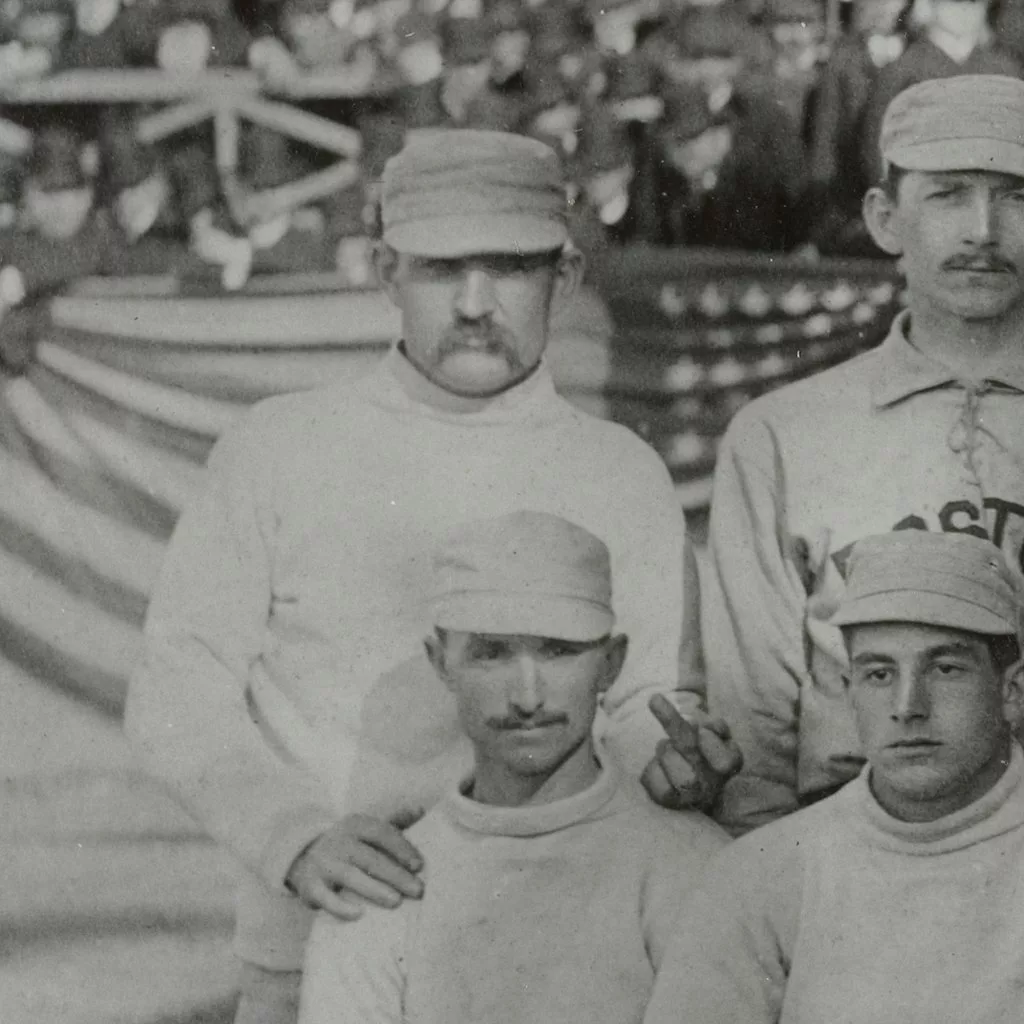
First Known Movie
Alfred Hitchcock’s The Ring features a wedding scene (42nd minute) where a screw up has the presumed best man flip off the guy to the other side of the bride. The man of honor if you will.

